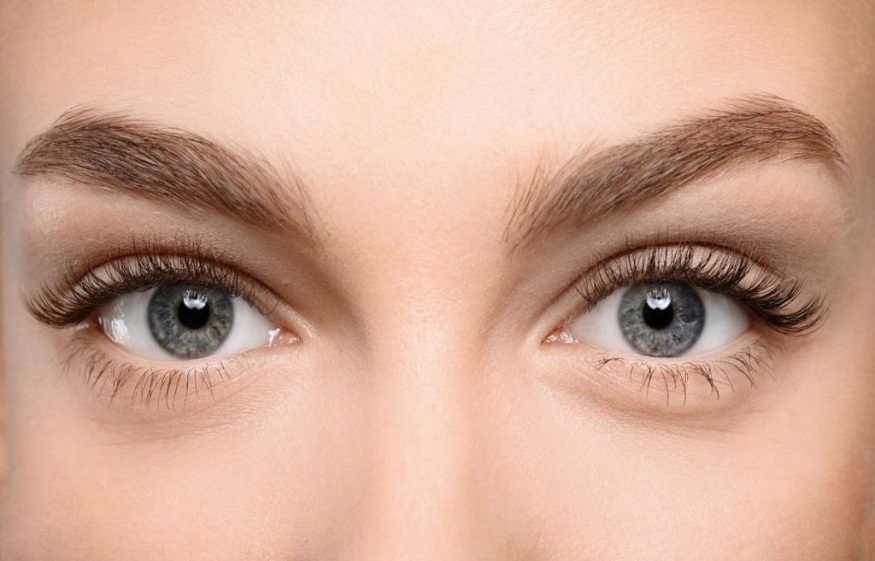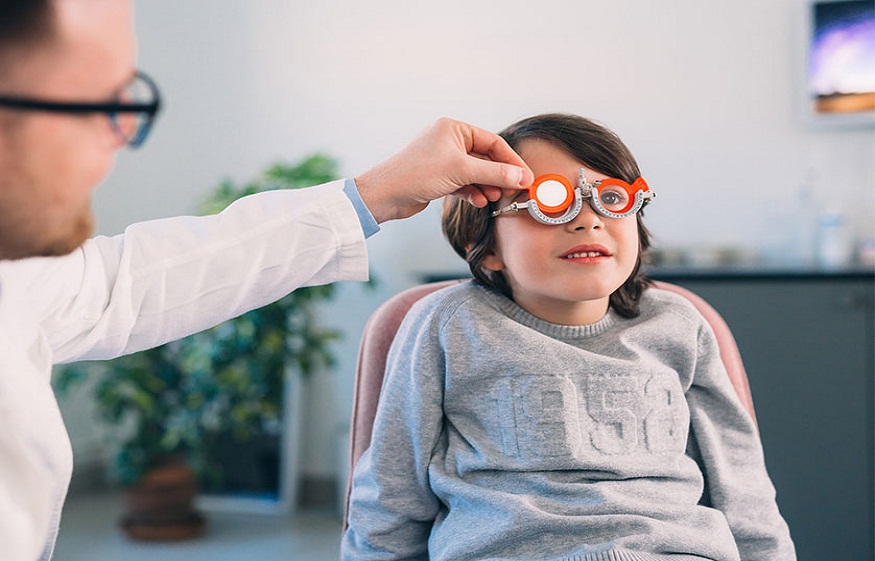Orthokeratology is the design and fitting of special gas-permeable contact lenses that gently transform the transparent front surface of the eye (cornea), so that you can see clearly, even after removing the lenses.
Myopia (nearsightedness) is caused by the cornea being too stiff. Incoming Ortho-k, like LASIK, reshapes the cornea so the eye’s light focuses more precisely on the retina.
Unlike LASIK, however, the corneal warping effect of orthokeratology is temporary – usually enough to eliminate your need for glasses or contacts for a day or two. Then you need to wear the ortho-k lenses again to maintain the good corneal shape.
Ortho-k Night: Reshape the cornea while you sleep
In June 2002, the FDA granted Paragon Vision Sciences approval for overnight corneal reshaping called Corneal Refractive Therapy (CRT). Approval of overnight wear of corneal reshaping lenses has made Ortho-K much more practical and has led to a recent rise in its popularity. With Ortho-K Nighttime, all corneal remodeling takes place while you sleep, and “retainer” contact lenses no longer need to be worn during the day to maintain good vision.
Currently, two brands have FDA approval for overnight corneal reshaping: Paragon CRT (Paragon Vision Sciences), and Shaping Vision Treatment (Bausch + Lomb). Both are fit only by eye care practitioners who have gone through each company’s certification procedure.
In February 2012, Wave Contact Lens System announced its custom Gas Permeable (GP) lens designs for orthokeratology have been approved for overnight use under the Bausch + Lomb Vision Treatment Shaping (VST) program.
Ortho-K Wave lenses are custom designed using topographic data from the patient’s cornea and each lens contains hundreds of round-cut curves to approximate the shape of the cornea for lens centration and comfort. optimal during corneal reshaping, according to the company.
Occasionally, eye care professionals use other brands of ortho-k nighttime GP extended wear contact lenses as an “off-label” use at the physician’s discretion (see sidebar).
Who is a candidate?
Orthokeratology is for people of all ages who are nearsighted.
What Does “FDA Approved” Mean?
The Food and Drug Administration regulates medical devices that, including contact lenses, can be marketed in the United States. Not only must new contact lenses be approved by the FDA, but the approval is for using the lenses in a specific way.
FDA controls the sale and promotion of contact lenses, but it does not control exactly how optometrists and ophthalmologists prescribe them. Of course, doctors cannot prescribe unapproved lenses – but a doctor can, at his or her discretion, use an approved lens in a way that has not been approved by the FDA. This sometimes happens with medical devices and is called “off-label” use.
Until 2002, all night ortho-k fitting was off-label. Now, Paragon Vision’s CRT and Bausch + Lomb’s VST lenses have received overnight approval for corneal reshaping. Some doctors may choose to perform ortho-k nighttime with GP lenses that are FDA approved for nighttime use, but are not specifically approved for ortho-k – an example of off-label use .
The FDA has approved Paragon CRT refractive contact lens therapy for the treatment of -6.00 diopter to (D) myopia; VST Ortho-K night lenses are approved for a maximum of -5.00 D.
Astigmatism can also be treated: up to -1.75 D with Paragon CRT, and up to -1.50 D with VST.
Many doctors believe that the best candidates for ortho-k are people who have no more than -4.00 D of myopia and little or no astigmatism.
Ortho-k has particular appeal to people who participate in sports, or who work in dusty or dirty environments that can cause problems for regular contact lenses.
Because ortho-k offers similar benefits to LASIK, it is also attractive to adolescents and adolescents, who are not eligible for LASIK. However, there are concerns about corneal infections in young people who are fitted with Ortho-K lenses, so it is wise to discuss this with an eye care professional who is experienced in treating this group. of age.
What results can we expect from Ortho-k?
Eye care practitioners generally aim for 20/20 vision after ortho-k and corneal refraction therapy, but 20/40 vision (the legal minimum for driving in most of the United States) in general is considered as acceptable.
In the clinical study for FDA approval of a VST design, approximately 95 percent achieved 20/40 or better, and 73 percent achieved 20/20 or better. Both studies followed patients for at least a nine-month period.
What to expect when you start Ortho-k
The ophthalmologist will begin by measuring the curvature of your cornea using an instrument called a corneal topographer – a painless procedure that takes about a minute and produces a.
Your doctor may use an in-office lens inventory to fit your eyes with Ortho-K lenses the same day corneal topography measurements are taken, or he or she may order custom Ortho-K lenses for assembly at a later date.
You may need a set of temporary lenses to see properly until you reach your desired prescription. “My goal is one pair of lenses for each patient,” says Marjorie J. Rah, DO, Ph.D., of the New England Eye Institute. “But most of the time, I’m using two pairs of lenses.”



